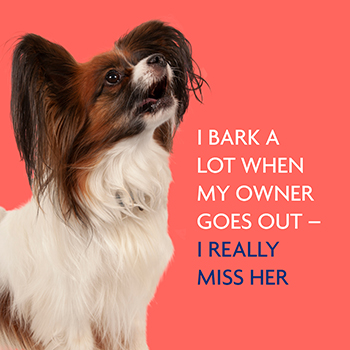
Dogs bark for many different reasons. A dog may bark to express how they are feeling - for example, when they are excited, frustrated, bored or scared. If a dog feels threatened they may bark to tell somebody to stay away or leave.
Other times, dogs may bark because they want something in particular, such as their favourite toy. Dogs may also bark when they are in distress - for example - when they are left alone.
Barking is a form of communication and is a completely normal dog behaviour. However, if the amount your dog barks increases or becomes excessive it can be a sign that something isn't right and it may cause problems for other people. If this happens it's important to address any underlying problems which could be causing your dog to bark more.
My dog has started barking a lot more than usual
If your dog is barking excessively or more than usual, there may be an underlying health issue - for example, any problems with your dog's hearing which could be causing the barking. If you suspect your dog's hearing is suffering speak to your vet.
My dog barks when left alone
If your dog is barking when you're not around they may be experiencing distress when you are not present. Separation related behaviour or separation anxiety can show itself in a number of ways including barking. The good news is that there are things you can do to help, as well as determine what the cause of the barking may be.
My dog barks at visitors or passers-by
Some dogs will bark at people passing by your house or garden. You can try preventing your dog from seeing anybody passing the house by reducing access to windows or gardens.
It's a good idea to have tasty treats and exciting toys to hand - you can use these to distract your dog should they hear somebody and then start to feed/play once your dog has become quiet. It's best to seek the help of a dog trainer or behaviour expert if your dog is behaving in this way - they can put a training plan in place to reduce the behaviour.
Ways to help stop your dog barking excessively:
Prevent boredom - dogs are intelligent, active and social animals so they need lots of exercise, things to do and company to keep them happy and healthy. If your dog is bored they might spend more time barking. Make sure your dog has enough to do every day to stop them getting bored.
- Establish a good routine - Your dog may be barking to communicate they want to play, or that they want food or attention. Make sure that you have a daily routine in place for your dog which includes meal times, play and exercise, at around the same time each day. A good routine can help your dog to know what and when activities are going to happen and may help stop them barking for activities at other times!
- Dogs bark for so many different reasons and so it's necessary to discover what the cause for their barking is. Asking for advice from an expert can help you understand what is causing the behaviour and they will be able to point you in the right direction for help. For expert help, contact a qualified dog behaviourist who will be able to put a treatment plan together for you and your dog.
Find a clinical animal behaviourist near you
Reporting a barking dog
The occasional bark or 'woof' is usually not a problem for neighbours and others in the community but when barking becomes disruptive it's often considered unacceptable and unpleasant to many people.
If you're concerned about a dog barking excessively near you there are things you can do:
- Speak to the owner. They may not be aware there's an issue, or they may be using some of the advice above to try and resolve the issue.
- If speaking to your neighbour hasn't worked or isn't an option, try contacting your local council about the noise complaint. This can help resolve the underlying issue, or if there is a welfare complaint they will contact us. Contact your local council about a barking dog .
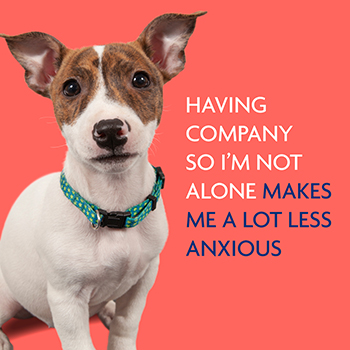

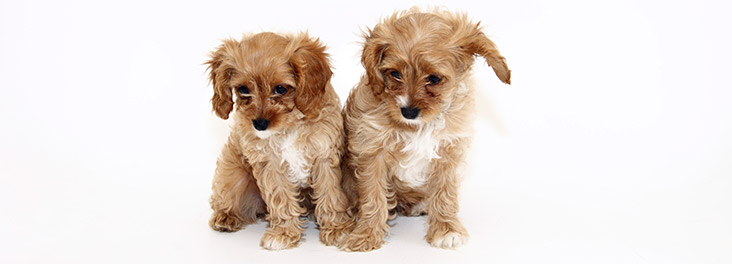
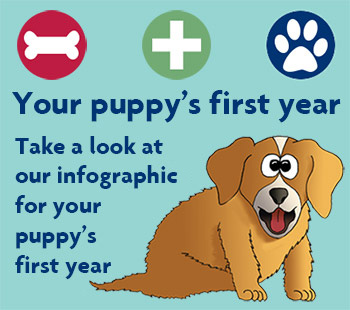
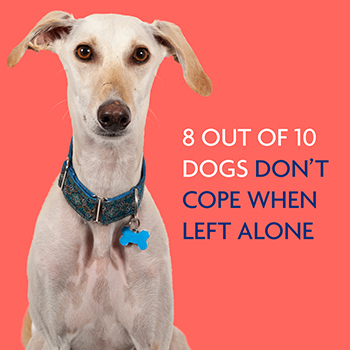

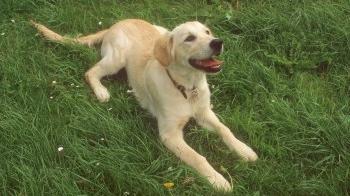
.jpg/1918ab52-fa9a-7239-f75e-f0c939d5b4c5?t=1551700462019)
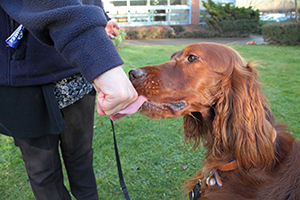 Offer your dog a tasty treat and encourage them to "take it" in an upbeat, friendly voice.
Offer your dog a tasty treat and encourage them to "take it" in an upbeat, friendly voice.